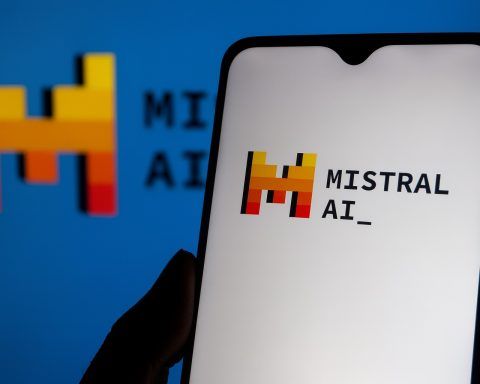
Meta’s Chief AI Scientist Yann LeCun to Exit and Launch New AI Startup — What It Means for Meta, Open‑Source AI, and the Race to AGI (Nov. 11, 2025)
Meta’s longtime chief AI scientist, Yann LeCun, is planning to leave the company to found a new artificial‑intelligence startup, according to reports published today. The move, which comes amid a sweeping reorganization of Meta’s AI efforts, would mark the most







